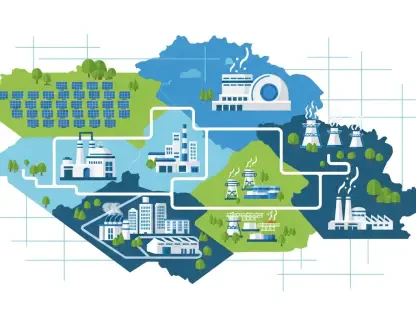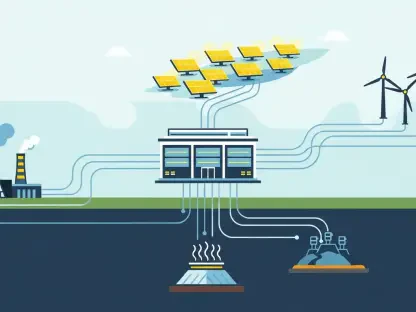The new energy vehicle (NEV) industry is currently undergoing significant transformation, characterized by rapid technological advancements and increasing consumer demand for sustainable transportation. Companies like Tesla and BYD have established themselves as major players in this sector, pushing the boundaries of what NEVs can offer. The industry is segmented into battery electric vehicles (BEVs), plug-in hybrid electric vehicles (PHEVs), and fuel cell electric vehicles (FCEVs). Government mandates and incentives worldwide have been instrumental in shaping the market landscape, with regulations focusing on emissions reduction and fuel economy standards.
Key Trends Shaping the NEV Future
Technological Advancements and Consumer Behavior Changes
Emerging technologies in battery efficiency and autonomous driving are forefront trends influencing the NEV industry. Consumers are increasingly valuing environmental sustainability, making electric vehicles more appealing. Market drivers include advances in charging infrastructure and breakthroughs in battery technology, such as solid-state batteries, which promise higher energy density. These advancements present new opportunities for industry players to innovate and cater to the evolving preferences of environmentally conscious consumers.
Market Data and Growth Projections
The NEV industry is experiencing unprecedented growth, fueled by technological progress and favorable policies. Market projections show continued expansion, with a notable surge in electric vehicle sales worldwide. Analysts predict that NEVs will dominate new car sales by the end of the decade, driven by supportive policies and decreasing battery costs. Performance indicators suggest heightened competition as manufacturers strive to capture market share, with innovation and sustainability as key differentiators.
Challenges and Barriers in the NEV Industry
Despite the prospects, the NEV sector faces several formidable challenges. Technological hurdles, such as the need for advanced battery technology and efficient recycling processes, remain critical barriers. Regulatory complexities, including compliance with varying regional standards, add to the industry’s uncertainties. Market-driven challenges involve consumer apprehensions about range anxiety and charging availability. Industry stakeholders are exploring diverse strategies to mitigate these issues, from policy advocacy to investing in research and development to enhance battery performance and infrastructure.
Regulatory Dynamics in the NEV Sector
Regulatory influences play a crucial role in shaping the NEV industry. Significant laws and standards are continuously updated to address environmental targets and technological developments. Compliance with these regulations is essential for automakers, impacting production practices and innovation strategies. Governments are increasingly focusing on securing robust safety and security measures within NEVs, with specific standards affecting design and software operations. These dynamics present both challenges and opportunities, as manufacturers must adapt to evolving regulations while leveraging them to innovate.
Future Outlook and Innovations in NEVs
The future of the NEV industry is poised for remarkable advancements, with emerging technologies such as vehicle-to-grid systems and enhanced autonomy expected to redefine mobility. Innovation remains a dominant factor in this landscape, with companies exploring new methods of integrating technology with transportation to create seamless user experiences. Potential market disruptors, like startups focusing on niche electric solutions or technological integration in unexpected areas, could shift the competitive dynamics. As consumer preferences continue to evolve, areas like shared mobility and sustainability will shape future growth trajectories.
Conclusion and Strategic Recommendations
While the industry is positioned for substantial growth, continued focus on overcoming technological and regulatory challenges remains vital. Automakers and policy-makers should embark on collaborations to drive sustainable innovations and improvements in battery technology. Expanding charging infrastructure and bolstering consumer confidence through education and incentives are strategic priorities. Investments in cutting-edge research, coupled with strategic partnerships across the technology and energy sectors, may propel the NEV industry toward revolutionizing modern transportation and achieving sustainable development goals.









